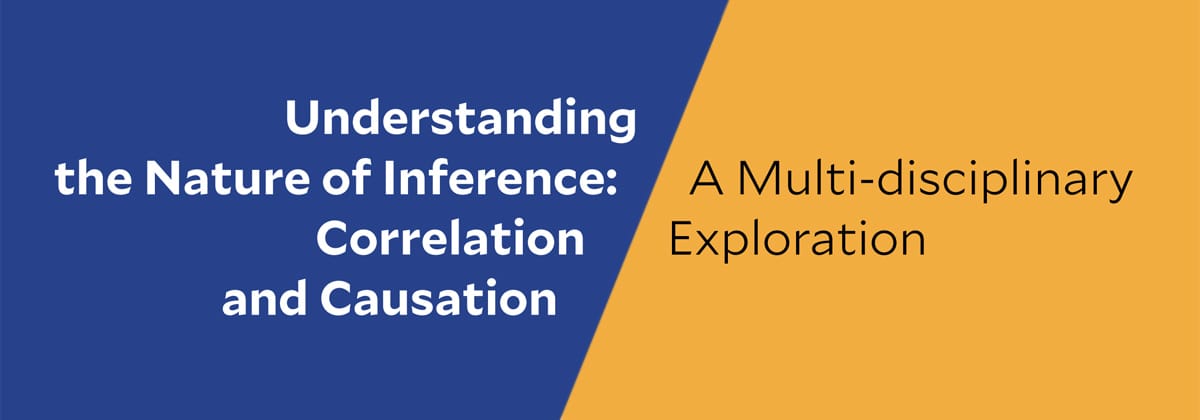
Talk Title: Investigating Nature Using Simulations and Interventional Data across Disciplines
Although theoretical guidelines and simulations are important in identifying relations between observables across several fields, from physics, to biology and machine learning, the way simulations are used or the possibility/availability of interventional data varies. Dr. Megas will review and compare illustrative examples of how simulations are used to investigate nature in high energy physics and biology, and then discuss the importance of interventional data such as the ones compiled in the Human Cell Atlas project in inferring causal relations in biology.

Stathis Megas
During his BSc, Stathis created the cMSSM simulation at 8TeV for the CMS experiment at CERN and interpreted it using single-lepton methods to calculate exclusion limits for supersymmetric particles. Then he moved on to study the interplay between topological quantum gravity, topological quantum field theory and conformal field theory for his PhD at UCLA. During his time at the University of Cambridge and the Wellcome Sanger Institute, he is focusing on designing new deep learning algorithms based on ideas from quantum field theory and causal inference to improve human health and test biophysical theories.
